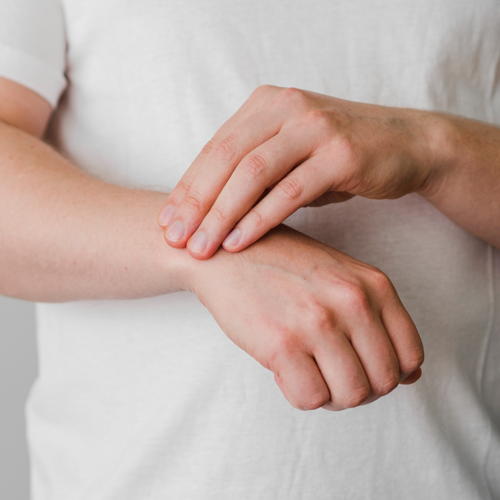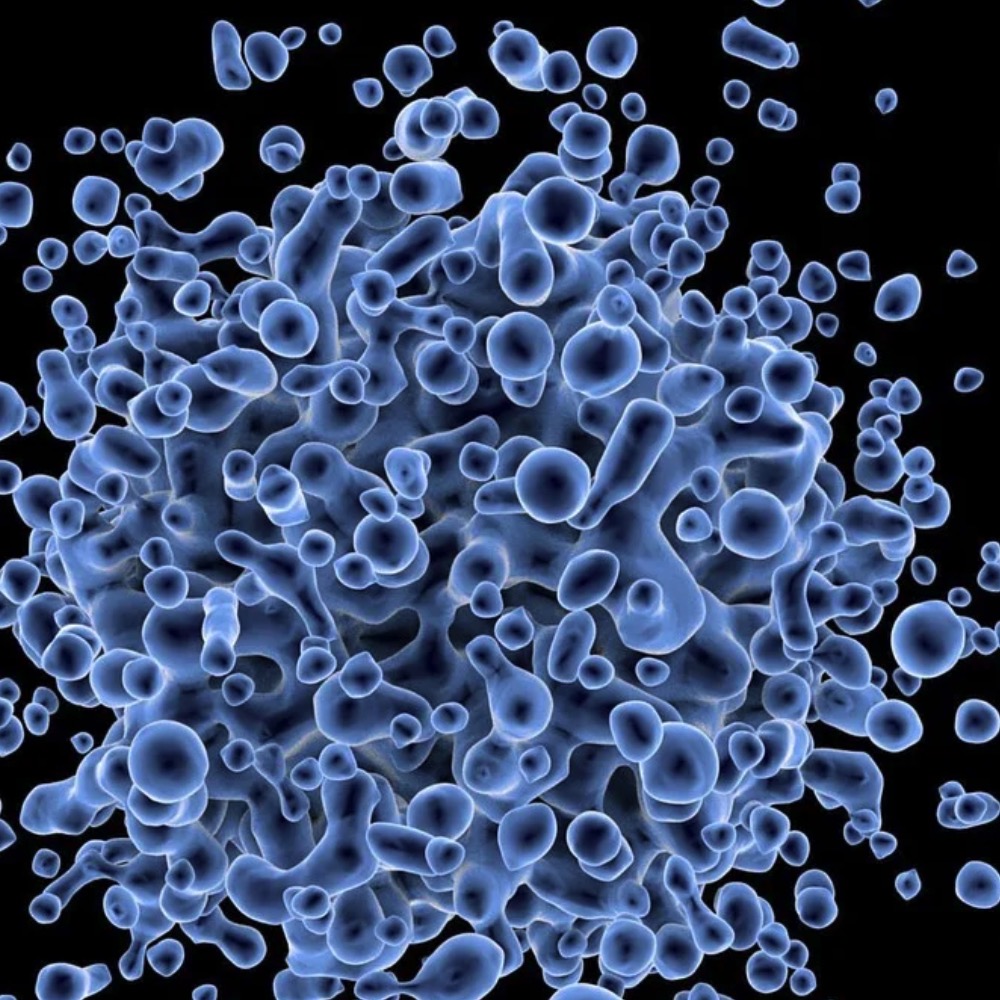Original Articles
7 September 2025
Vol. 54 No. 2 (2002)
Role of cell migration in the pathogenesis of rheumatoid arthritis: in vivo studies in SCID mice transplanted with human synovial membrane
Publisher's note
All claims expressed in this article are solely those of the authors and do not necessarily represent those of their affiliated organizations, or those of the publisher, the editors and the reviewers. Any product that may be evaluated in this article or claim that may be made by its manufacturer is not guaranteed or endorsed by the publisher.
All claims expressed in this article are solely those of the authors and do not necessarily represent those of their affiliated organizations, or those of the publisher, the editors and the reviewers. Any product that may be evaluated in this article or claim that may be made by its manufacturer is not guaranteed or endorsed by the publisher.
824
Views
852
Downloads











